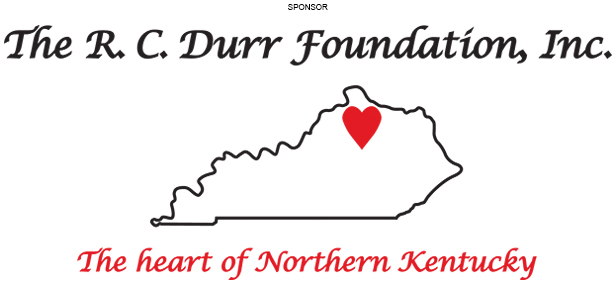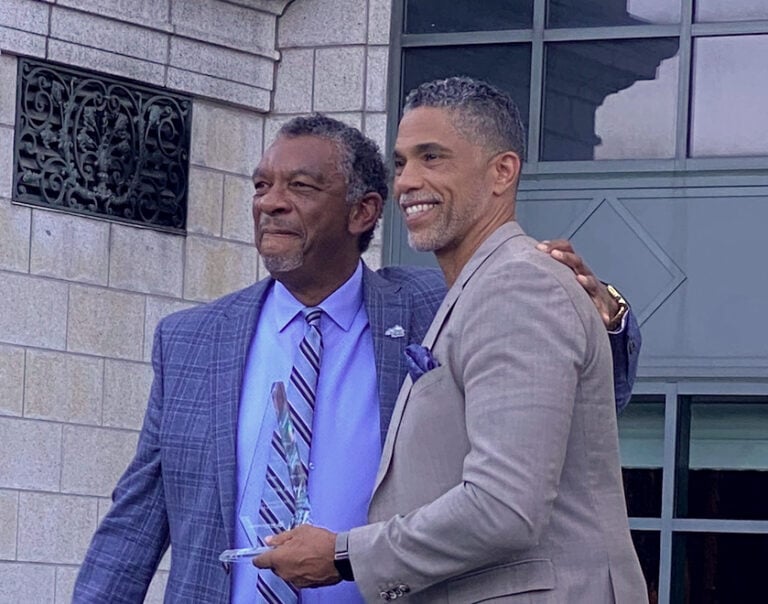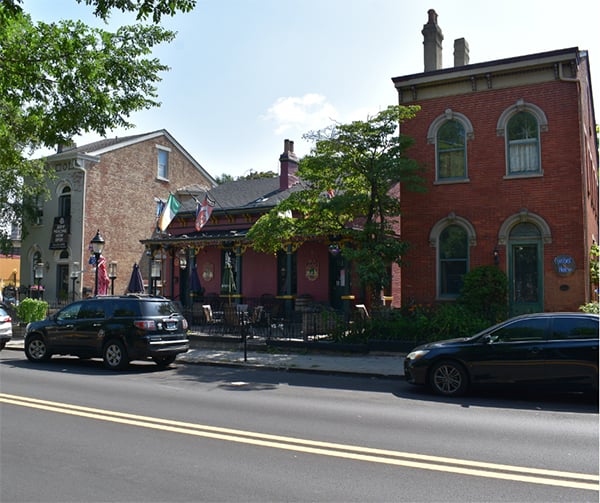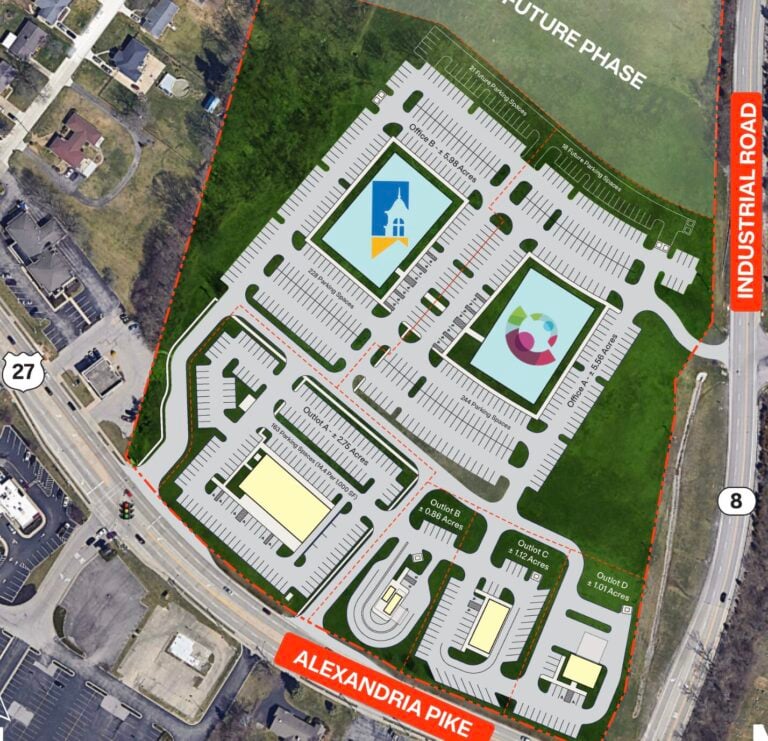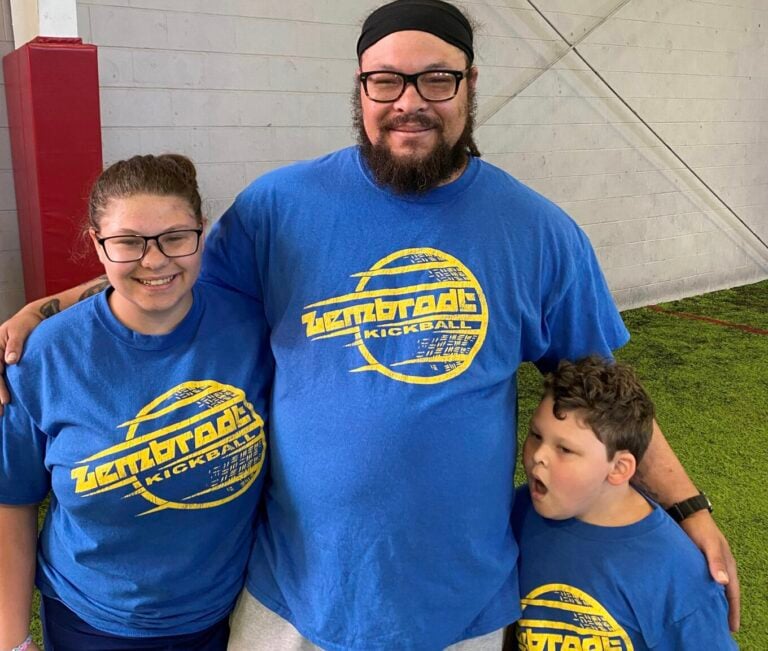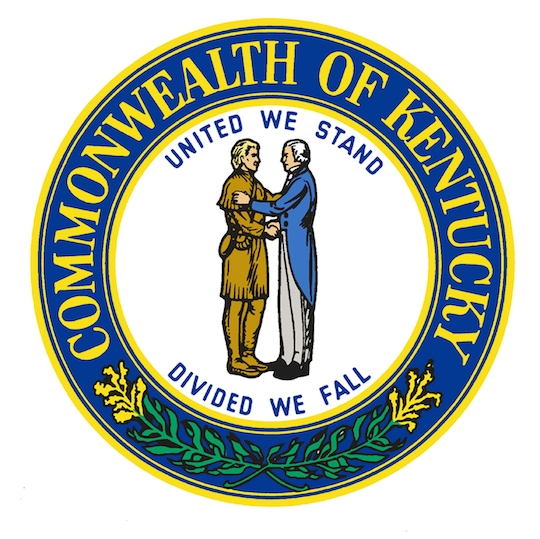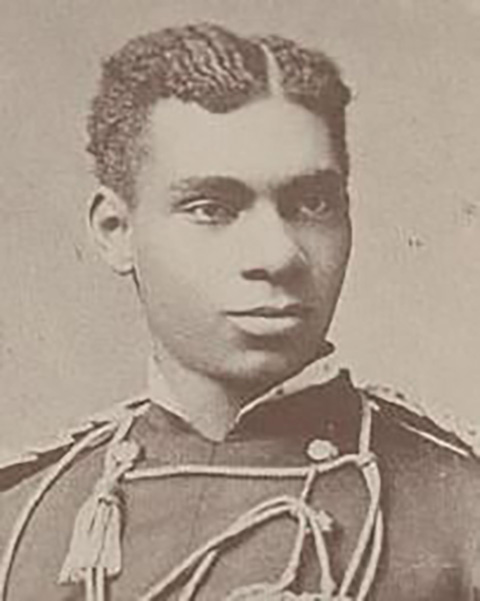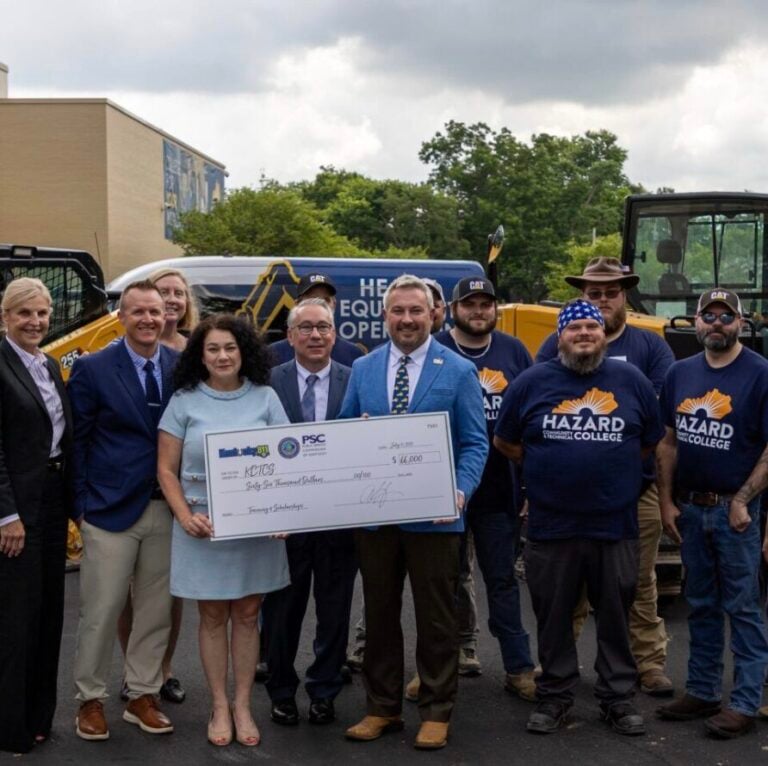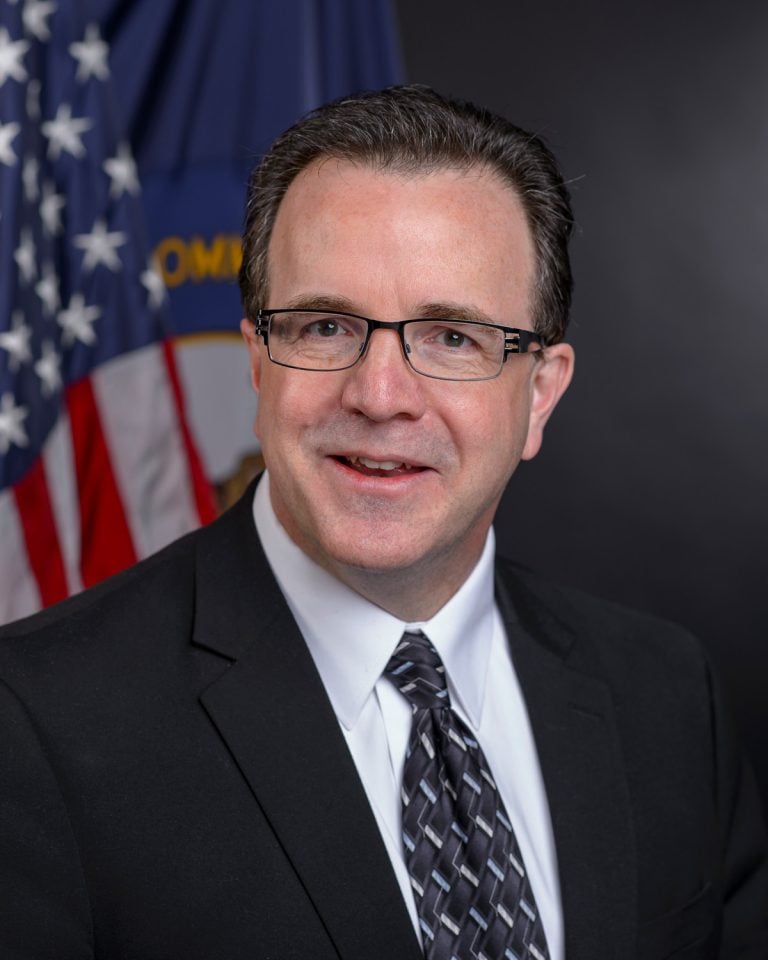By Steve Flairty
NKyTribune columnist
Recently, I drove to Brandenburg, in Meade County, where I would speak to the Lincoln Trail Area Extension Homemakers on the subject of heroic Kentucky women. All week, while preparing for the talk and on the trip there, I thought about the town and the historical catastrophe visited upon the community on April 3, 1974, when an F4 tornado devastated the town.
The human cost in the area is hard to fathom, with a reported 31 deaths and 270 injuries, most of them occurring in the town. There were 128 houses and 30 businesses destroyed, a major blow in any region, let alone a town of only about 1700 people.
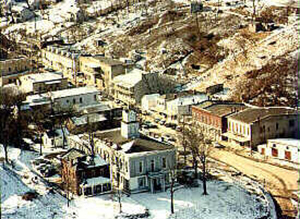
But almost five decades later, Brandenburg, today, is a quaint, attractive town along the Ohio River that is hard to imagine once was in abject ruin.
As a person who has chronicled everyday heroes living in Kentucky through a book series and often in this column, I wondered about Brandenburg’s “people” stories that could be told—replete with plenty of brave acts of sacrifice — about how the community navigated the circumstances after such a rude intervention in its life. With that on my mind, I hoped to talk to someone who could bear witness to the difficult time.
I found a perfect subject, Tom Bridge, now in his mid-70s, who was caught smack dab in the middle of the tornado event when he was only 26. I interviewed him after speaking to the group, where I made connections with my book series heroes to ones like there must have been at Brandenburg in 1974. How did community members navigate that fateful day, along with the following period of heartache, cleanup, and moving forward with a new Brandenburg? Tom had some answers.
The retired minister and engineer clearly recalls what he saw 49 years ago. On that afternoon, Tom was downtown, delivering newspapers for the local Meade County Messenger. While in his truck, he suddenly felt the strong winds and saw house gables and tree branches flying around. He first thought about making a run for it, but quickly decided that would allow no immediate protection.
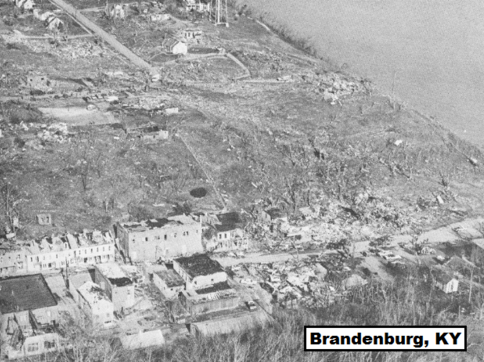
“I hunkered down in the truck,” he said. “It (the wind) was moving it around. After a few seconds, I looked out the window and there was a large sliding garage door on the county maintenance building, and it was horizontal. It was going toward the windshield of the truck. It didn’t take me long to put my head back down.”
He noted that each second seemed like an eternity.
“I got out of the truck and tripped over concrete blocks thrown all over that area,” he continued. “I went to the Messenger (building)… they were shaken up, each a little dirty and the building was damaged.”
From there, he walked toward the river. On the way, he heard a woman screaming under the rubble of a destroyed building. He and another man went toward it and “tunneled” out debris to make a rescue path. They found her basically unhurt, with only some scratches, but the building where she was found was her clothing store—furnished with lots of mirrors.
“She crawled over the glass (to get out),” Tom said, “and realized it was her broken mirrors. She became upset and distraught. We put her on a sheet of plywood and carried her up the street to the clinic, and there were a lot of people there.”
Tom mentioned that in a small town, “where everybody knows each other, you tend to get on each other’s nerves.” He found that when a crisis happened, though, things changed. “They literally put their lives on the line. They worked together flawlessly… it was amazing.”

He talked about how the Red Cross soon came and set up in the basement of a Methodist church and processed people. Law enforcement agencies set up a “security bridge” around the town, and men brought trucks and big equipment to clean up rubble. A serious issue, Tom said, was dealing with “an extreme amount of fiber glass floating around, which later caused some upper respiratory problems.”
For the next few days after the weather event, he said there were “any number of men and women working to clean up debris and to recover bodies. They set up a temporary morgue at an elementary school with refrigerated tractor and trailer trucks and went through the process of loved ones having to come in and identify bodies… just tortuous. Some of the veterans who came by called it a war zone.”
Out of respect, he emphasized, “everyone was very discrete about covering bodies and not having them out where they would be seen. (Am) thankful that we didn’t have camera phones and that sort of thing then.”
Then, a memorial service was held at the high school gymnasium. Tom recalled a couple of powerful moments.
“A good number of the deceased were there in their caskets. I was responsible for one young lady who passed away,” he said. “Her son, a baby at the time, couldn’t be found.” Miraculously, the baby was later found, alive but appearing to have a brain injury. “He was taken to an Army Hospital at Ft. Knox. He survived and was raised by his grandparents. He is now an engineer at the chemical plant, graduated from U of L, and Danny is a good friend of ours.”
People stories; they’re often emotional and impactful.
At the memorial service, there were lots of media present with lights continually flashing, likely causing an electrical overload, noted Tom. “I was sitting in back. One of the Catholic priests was reading John 14, ‘Let not your hearts be troubled’, and all the electric went out in the building,” he said. “The priest did not miss a syllable. He became my instant hero because he recited the whole chapter from memory. It (his action)) kept everyone calm, in my mind.”
Although Tom lived ten miles away, he came every day to help, inspired by how other townsfolk lent support. “People on the street came and helped… doing whatever they could do to help,” he continued. “They carried people to the clinic and ignored electric wires, debris, and wires down. Those people (neighbors helping) were resilient. In two or three years they had things rebuilt and working.”
That said, there are lingering issues for some—nearly 50 years later—”who have a horrible time with it. Sometimes, they can’t go to work if there’s a warning. I can still go to the funeral homes, both the old ones were destroyed or damaged, and think about what they looked like before.”
I was inspired and not surprised by visiting the town of Brandenburg and learning about the community’s stirring legacy. Kentuckians in this place overcame, they moved forward, and they have a story that will forever benefit others beset by such a terrible loss of life and homes.



